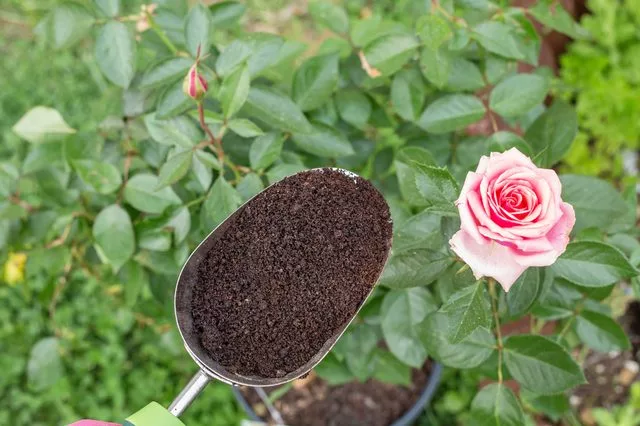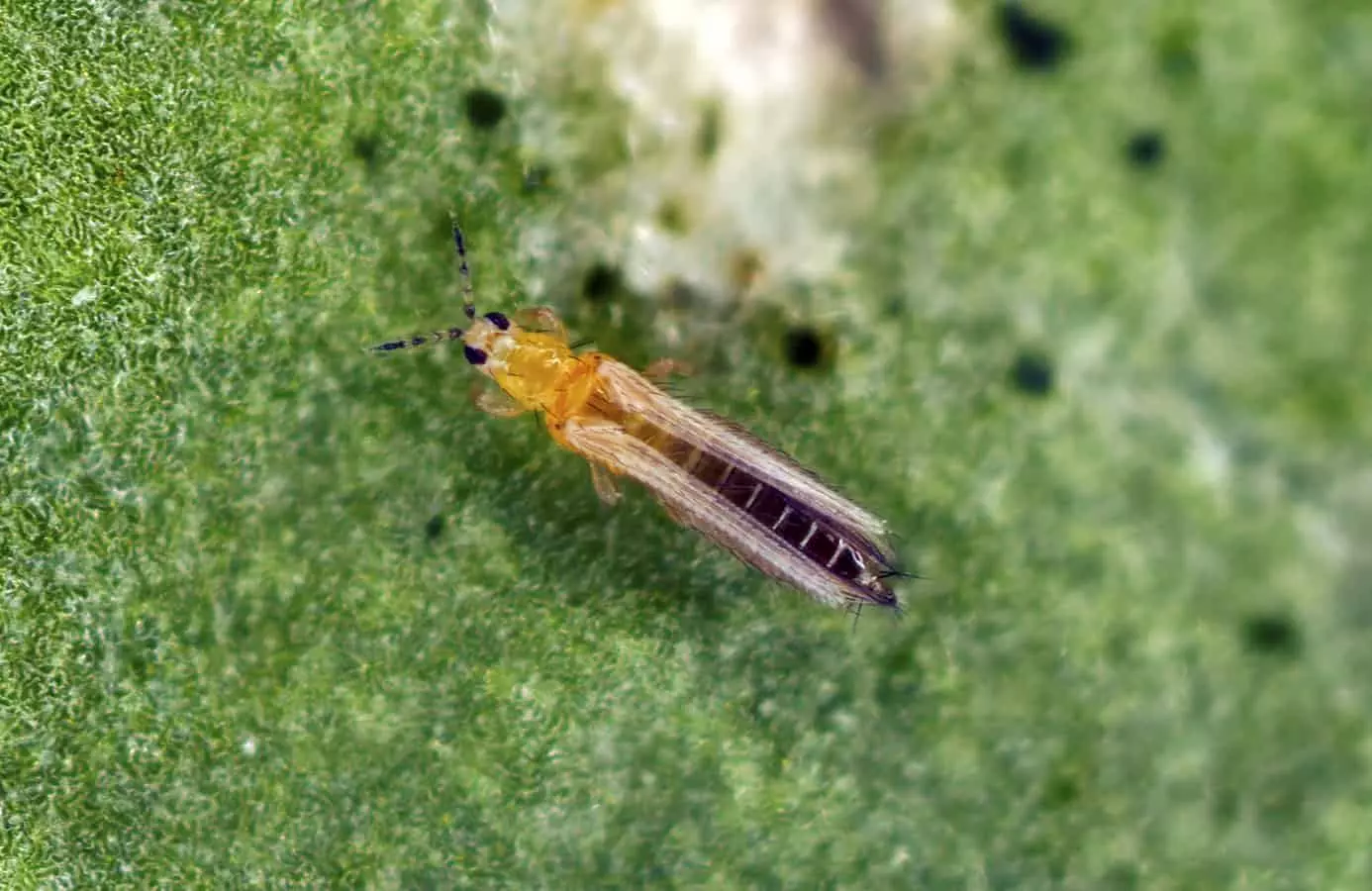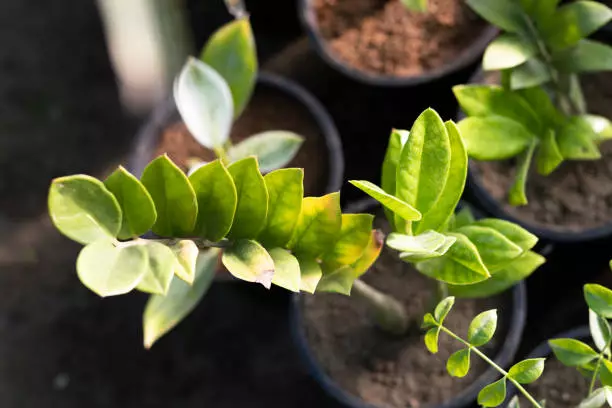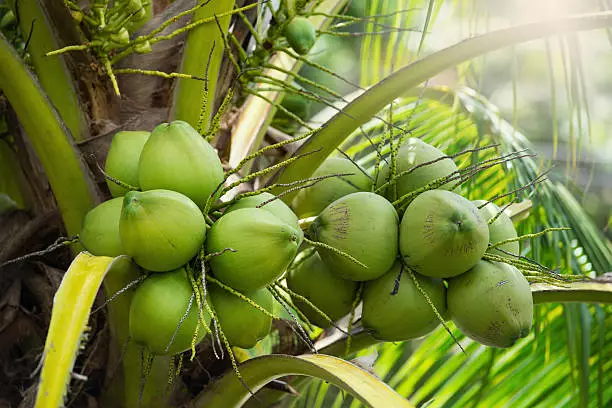Spider mites are common pests that can infest a variety of plants, including fiddle leaf figs. These tiny arachnids feed on the sap of plants, which can lead to discoloration, wilting, and even death if left untreated.
If you suspect your fiddle leaf fig has a spider mite infestation, it’s important to take action as soon as possible. While there are chemical pesticides available, many plant owners prefer to use natural methods to get rid of spider mites. These methods include using a strong stream of water to wash off the mites, applying insecticidal soap, and introducing natural predators such as ladybugs or predatory mites. It’s important to note that some natural methods may take longer to be effective than chemical pesticides, so patience is key.
Understanding Spider Mites
Spider mites are tiny arachnids that feed on the sap of plants, including the fiddle leaf fig. They are barely visible to the naked eye and can be identified by the fine webbing they spin on the underside of leaves.
Spider mites reproduce quickly, with females laying up to 100 eggs each. The eggs hatch into six-legged larvae that molt into eight-legged nymphs and then mature into adults. The entire life cycle can be completed in as little as one week, which means that populations can explode in a short amount of time.
Spider mites can cause significant damage to plants, including yellowing leaves, stunted growth, and even death. They are also known to spread diseases from plant to plant.
One of the best ways to prevent spider mites is to encourage their natural predators, such as ladybugs and lacewings, to populate the area. These predators can help keep spider mite populations in check.
If spider mites do infest a fiddle leaf fig, it is important to take action quickly to prevent the infestation from spreading. There are a variety of methods for getting rid of spider mites, including:
- Spraying the plant with a strong jet of water to dislodge the mites
- Applying insecticidal soap or neem oil to the leaves
- Using predatory mites to eat the spider mites
- Isolating the plant and treating it with a miticide
It is important to note that spider mites can develop resistance to pesticides quickly, so it is best to rotate through different methods of control to prevent this from happening.
Identifying Spider Mite Infestation
Spider mites are tiny pests that can cause significant damage to fiddle leaf fig plants. Identifying spider mite infestation is crucial to prevent the pests from causing further damage to the plant.
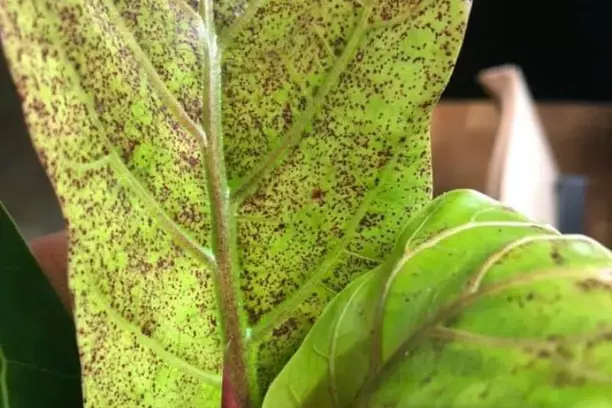
Signs of Spider Mite Infestation
One of the first signs of spider mite infestation is the appearance of small dots on the leaves of the fiddle leaf fig plant. These dots are actually the spider mites themselves, which are about the size of a pinhead. As the infestation progresses, the spider mites will spin webs on the leaves, which can be seen as fine white webbing.
Another sign of spider mite infestation is discoloration of the leaves. The leaves may turn yellow or brown, and can also develop edema, which is the formation of small blisters or bumps on the leaves. In severe cases, the leaves may even drop off the plant.
Examining with Magnifying Glass
To confirm the presence of spider mites, it is necessary to examine the plant with a magnifying glass. Spider mites are difficult to see with the naked eye, but can be seen as small, moving dots on the leaves.
To examine the plant, hold a white piece of paper underneath the leaves and tap the leaves gently. This will dislodge any spider mites that may be present, and they will fall onto the paper. Use the magnifying glass to examine the dots closely.
Identifying spider mite damage early on is crucial to prevent the pests from causing significant damage to the plant. Regularly examining the plant for signs of spider mite infestation can help catch the problem early and prevent further damage.
Effects on Fiddle Leaf Fig
Spider mites on fiddle leaf fig can cause significant damage to the plant and can even lead to its death if not treated promptly. Fiddle leaf figs are particularly susceptible to spider mites, which can cause a range of negative effects on the plant.
One of the most noticeable effects of spider mites on fiddle leaf fig is the discoloration of leaves. Spider mites feed on the chlorophyll in the leaves, which can cause them to turn yellow or brown. In severe cases, the leaves may even fall off the plant. This can be detrimental to the overall health of the fiddle leaf fig, as leaves are essential for photosynthesis and the production of energy for the plant.
Another sign of spider mites on fiddle leaf fig is the presence of webbing. Spider mites produce silk webbing to protect themselves and their eggs, which can be seen on the undersides of leaves and in the crevices of the plant. The webbing can also trap dust and debris, which can further damage the plant.
Spider mite damage can also weaken the fiddle leaf fig and make it more susceptible to other pests and diseases. This can lead to a cycle of damage and a further decline in the health of the plant. It is important to address spider mites on fiddle leaf fig as soon as possible to prevent further damage and ensure the health of the plant.
Overall, spider mites on fiddle leaf fig can have significant negative effects on the plant, including discoloration of leaves, webbing, and weakened health. It is important to monitor the plant regularly for signs of spider mites and take action promptly to prevent further damage.
Preventing Spider Mite Infestation
Spider mites are a common pest that can infest indoor plants, including fiddle leaf figs. Fortunately, there are several preventative measures that can be taken to avoid an infestation.
Increase Humidity
Spider mites thrive in dry environments, so increasing the humidity around your fiddle leaf fig can help prevent an infestation. This can be achieved by using a humidifier or by placing a tray of water near the plant. Another option is to mist the leaves of the plant regularly with a spray bottle filled with water.
Proper Soil and Watering
Over-watering your fiddle leaf fig can create an environment that is conducive to spider mite infestations. It is important to ensure that the plant is potted in well-draining soil and that excess water is allowed to drain away. Watering should be done only when the top inch of soil is dry to the touch.
Regular Dusting and Washing
Spider mites are attracted to dusty leaves, so it is important to keep your fiddle leaf fig clean. Regularly dust the leaves with a soft cloth or brush. If the plant becomes heavily infested, washing the leaves with a gentle soap and water solution can help to remove the mites.
Caring for Indoor Plants
Proper care of your indoor plants can also help prevent spider mite infestations. Avoid placing your fiddle leaf fig near cold drafts or in direct sunlight. Also, be sure to inspect any new plants that you bring into your home for signs of spider mites or other pests.
By following these preventative measures, you can help ensure that your fiddle leaf fig remains healthy and free from spider mite infestations.
Treating Spider Mite Infestation
Spider mites are a common pest that can cause damage to fiddle leaf figs, resulting in leaf discoloration, wilting, and even death. Fortunately, there are several effective ways to treat spider mite infestations.
Using Neem Oil
Neem oil is a natural insecticide that can help to control spider mites. It works by disrupting the mites’ life cycle, preventing them from reproducing. To use neem oil, mix it with water according to the manufacturer’s instructions and apply it to the affected leaves using a spray bottle. Repeat the treatment every 7 to 10 days until the infestation is eradicated.
Applying Insecticidal Soap
Insecticidal soap is another effective treatment for spider mites. It works by suffocating the mites and their eggs, preventing them from breathing. To use insecticidal soap, mix it with water according to the manufacturer’s instructions and apply it to the affected leaves using a spray bottle. Repeat the treatment every 7 to 10 days until the infestation is eradicated.
Introducing Predatory Mites
Predatory mites are a natural enemy of spider mites and can be used to control infestations. They feed on spider mites and their eggs, preventing them from reproducing. To introduce predatory mites, purchase them from a reputable supplier and release them onto the affected plants according to the supplier’s instructions.
Employing Horticultural Oil
Horticultural oil is a petroleum-based oil that can help to control spider mites. It works by suffocating the mites and their eggs, preventing them from breathing. To use horticultural oil, mix it with water according to the manufacturer’s instructions and apply it to the affected leaves using a spray bottle. Repeat the treatment every 7 to 10 days until the infestation is eradicated.
Pruning Infected Leaves
Pruning infected leaves can help to control spider mite infestations by removing the affected areas of the plant. Use clean, sharp pruning shears to cut off the affected leaves and dispose of them in a sealed plastic bag to prevent the mites from spreading.
In conclusion, there are several effective ways to treat spider mite infestations on fiddle leaf figs, including using neem oil, insecticidal soap, predatory mites, horticultural oil, and pruning infected leaves. By employing these methods, gardeners can eradicate spider mites and prevent further damage to their plants.
Frequently Asked Questions
How do I identify spider mites on my fiddle leaf fig?
Spider mites are tiny pests that can be difficult to spot with the naked eye. However, if you look closely at the underside of the leaves, you may see small, speck-like creatures moving around. Spider mites are usually red or brown in color and have eight legs.
What are the signs of spider mites on a fiddle leaf fig?
The most common signs of spider mite infestation on a fiddle leaf fig are yellowing leaves, webbing on the leaves, and leaf drops. You may also notice small, brown spots on the leaves, which are caused by the mites feeding on the plant.
What is the best way to get rid of spider mites on a fiddle leaf fig?
The best way to get rid of spider mites on a fiddle leaf fig is to use a combination of physical and chemical methods. Start by wiping down the leaves with a damp cloth to remove any dust or debris. Then, spray the plant with a solution of neem oil and water, making sure to cover both the tops and undersides of the leaves. Repeat this process every few days until the mites are gone.
Can I save my fiddle leaf fig from spider mites?
Yes, with proper treatment, you can save your fiddle leaf fig from spider mites. It is important to act quickly and take steps to eliminate the mites as soon as possible to prevent further damage to the plant.
Should I remove leaves with spider mites on my fiddle leaf fig?
If the infestation is severe, it may be necessary to remove heavily infested leaves to prevent the mites from spreading to other parts of the plant. However, if the infestation is mild, it is usually not necessary to remove leaves.
How can I prevent spider mites from infesting my fiddle leaf fig?
To prevent spider mites from infesting your fiddle leaf fig, it is important to keep the plant healthy and stress-free. This includes providing adequate light, water, and nutrients, as well as avoiding over-fertilization. You can also periodically wipe down the leaves with a damp cloth to remove any dust or debris and keep the plant free of pests.
Hand-picked related articles
- Best Soil for Fiddle Leaf Figs
- Fiddle Leaf Fig Leaves Drooping: Causes + How to Revive It
- Fiddle Leaf Fig Yellow Leaves: Causes and Fixes
- Fiddle Leaf Fig Root Rot: Causes, Signs, and Fixes
- Red Spots on Fiddle Leaf Fig (Edema)
- How to Get Rid of White Spots on Fiddle Leaf Fig
- How to Treat Fiddle Leaf Fig Bacterial Infection
